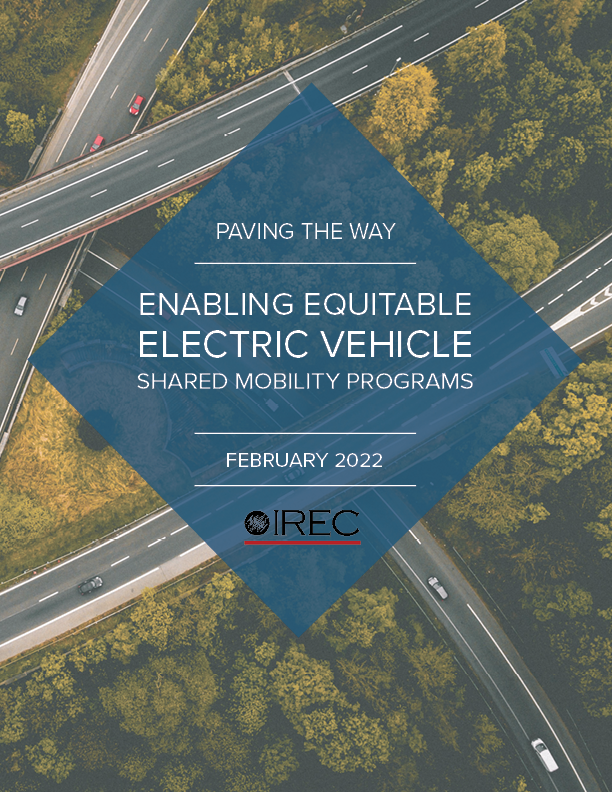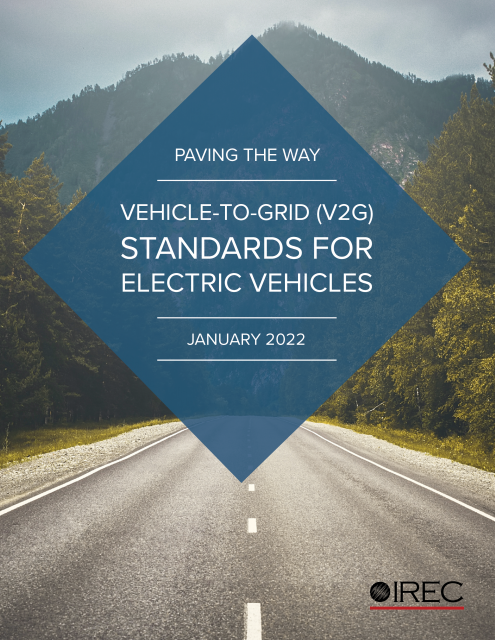Paving the Way: Enabling Equitable Electric Vehicle Shared Mobility Programs
This paper explores the role of utilities and Public Service Commissions in supporting the build-out of charging infrastructure for equitable EV shared mobility programs.
Electrified shared mobility programs that serve low- and moderate-income (LMI) and underserved communities are an essential part of the new transportation planning toolbox. For example, car share programs that operate with electric vehicles (EVs) can serve as transportation resources in transit-constrained areas and can enable LMI and underserved communities to access and benefit from electrified transportation, particularly since individual EV ownership isn’t an option for everyone.
This report aims to support the development of equitable EV shared mobility programs by addressing one of the principal costs of program development: charging infrastructure. Electric utilities across the U.S. are already engaged in providing support for building out EV charging infrastructure, such as through incentives or make-ready programs (i.e., incentive programs that reduce the up-front costs of preparing a site to host charging infrastructure). However, relatively few states and utilities have robust funding for charging infrastructure designated for underserved communities. In addition, transportation planning modes don’t typically address EV shared mobility program development.
The report begins with a brief overview of traditional transportation planning, new models of planning that integrate shared mobility, and the role of utilities in equitable EV shared mobility programs. It goes on to review case studies of five programs that feature public-private partnerships and utility support. Based on these case studies, the report provides recommendations to enable the build-out of more equitable EV shared mobility programs, including:
- Programs should leverage multiple sources of funding, and electric utilities (through ratepayer funds) can support the costs of charging infrastructure;
- State and local policymakers must build equity and shared mobility programs into statewide transportation electrification standards, and into state, regional, and municipal transportation planning; and
- Public utility commissions and utilities must build transportation equity and shared mobility into utility EV charging infrastructure programs. Successfully developing equitable EV shared mobility programs that are financially sustainable in the long run requires close coordination between a number of stakeholders, including public-private funding partnerships, and effectively integrating EV charging infrastructure with traditional transit planning.
Note: Minor edits to this paper were made on June 10, 2022 to update information on page 10 about the EV Spot Network (formerly known as the Twin Cities Electric Vehicle Mobility Network Project), to correct information that had changed since the publication of the source we originally cited.


